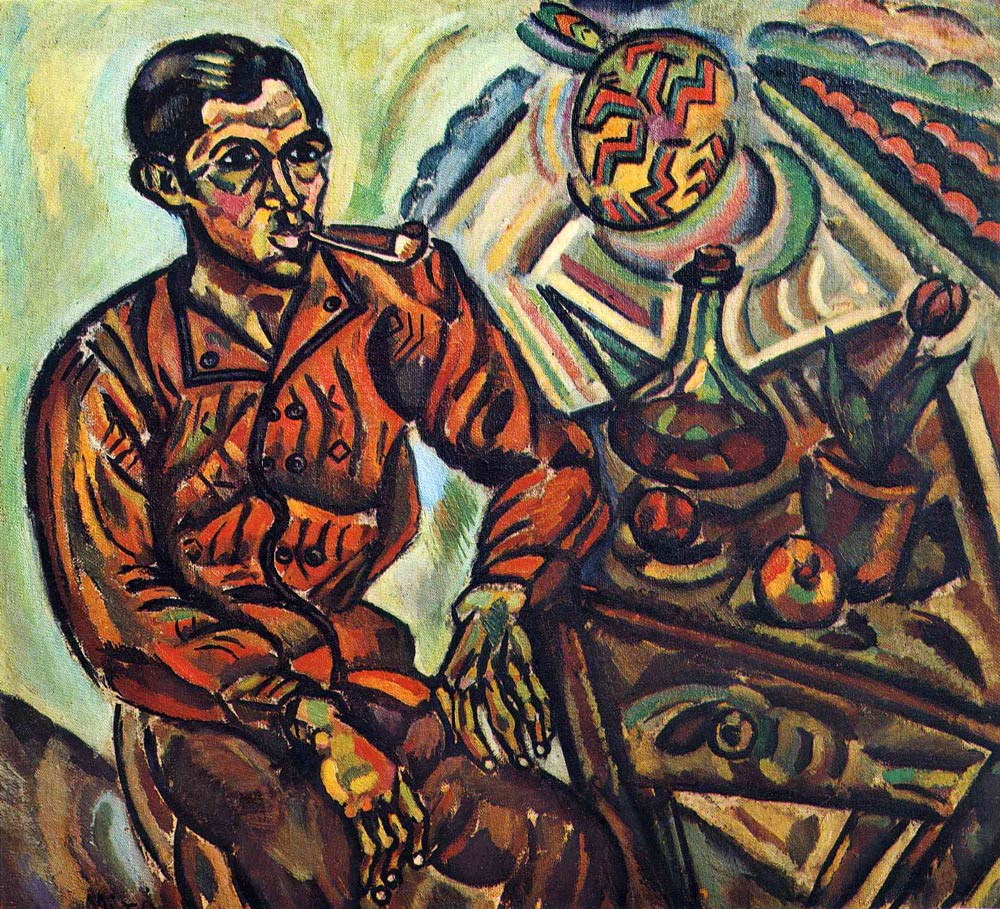Joan Miró painted Portrait of Vincent Nubiola in 1917, one year prior to his first solo exhibition in Barcelona at the Galeria Dalmau.
This piece was created while Miró was just 24 years old, but is considered to be a masterpiece of his early years and his finest portrait work. Similar to many other artists of this era Miró was greatly inspired by artists such as Paul Cézanne and Vincent van Gogh. Many art academics have noted the influence of van Gogh in the painting which is typical of his output at the time. This period is often referred to as being the pinnacle of his Catalan Fauvist period and during this time Miró was also experimenting with Cubism, as can be seen in this example.
Miró was originally educated at a business school with an aspiration for a career in finance. He started working as a bank clerk during his teenage years, but after suffering a nervous breakdown decided to concentrate solely on art. It was whilst attending the Cercle Artístic de Sant Llucart art school in Barcelona that he met the subject of the painting, Vincent Nubiola in 1913. Nubiola was a professor of agriculture at the nearby School of Fine Arts and they became good friends.
The painting is produced with oil on canvas and depicts Vincent Nubiola smoking a pipe whilst seated at a table on which there is a potted plant, wine decanter and fruit. The background is decorated with a series of triangles and flat curved shapes. Nubiola has his collar unbuttoned, which is largely considered to be an indication of his radical political stance at the time. In a later work created in 1919 entitled Self-Portrait Miró paints himself wearing a similar shirt in the exact same manner. Portrait of Vincent Nubiola was for a time owned by the master Pablo Picasso before being acquired by the Galerie Wilhelm Großhennig in Düsseldorf. In 1966 it was purchased by the Folkwang Museeum located in Essen, Germany with additional financial assistance from the state of North Rhine-Westphalia.




